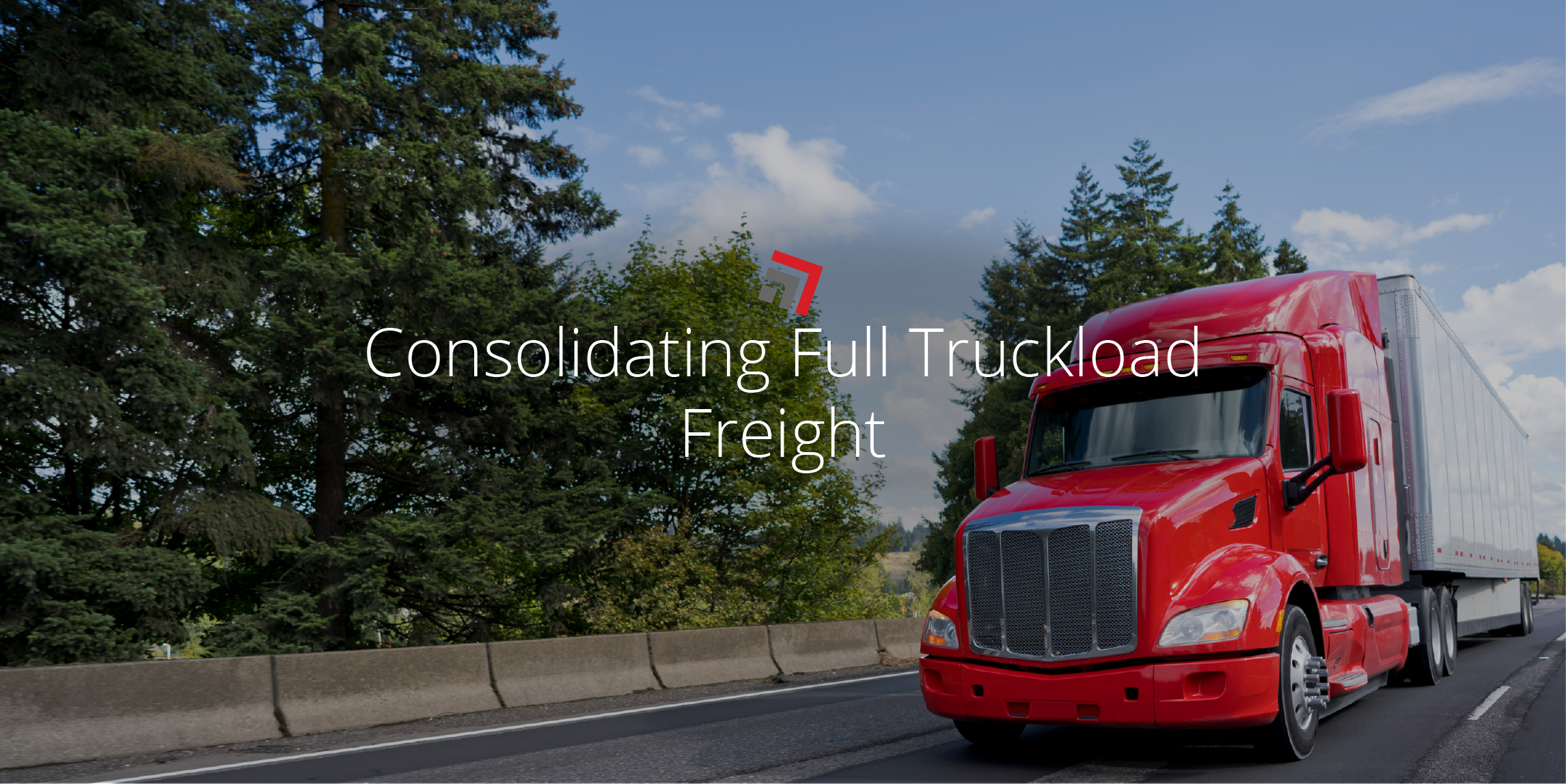Everyone knows that time is of utmost importance in the shipping industry. Since nothing is ever free, freight sitting at a port too long, rental equipment, driver fees, and a slew of other pieces of the puzzle all contribute to increasing costs with any shipment. This is especially true when it comes to LTL shipping.
Not only is LTL shipping slower and potentially more costly than FTL, but it’s also significantly riskier. This is simply because LTL shipping has way more touch points than full truckload freight- handling the product, trans loading it, packaging, and moving it. It also just sits on the truck for longer than a full truckload shipment.
The buyer landscape of today demands faster solutions than what most LTL options are offering. Time is money, and the slower your shipments are, the more expenses and risk you’ll have to take on. For companies who are concerned about the risks of LTL shipping, full truckload shipping provides a great solution to all related expense and risk factors.
Consolidating Full Truckload Freight
We understand why businesses are cautious to consider full truckload shipping when they have been shipping LTL primarily. There are concerns over cost, efficiency, convenience, and timing. If you don’t have enough goods to fill a full dry van every time you ship your goods, what’s the point in renting a full truck? Here are some tips on how you can manage your freight consolidation to make full truckload shipping methods more cost-effective, mitigate risk, and drive revenue.
There are a few different ways that businesses with LTL freight can take advantage of full truckload shipping benefits. Consolidation programs, shipping schedule management, production management, and so many other practices can make truckload shipping relevant, cost-effective, and efficient for businesses that usually only ship LTL cargo. Here are a few tips:
Shipment Scheduling
Simple shipping schedule management could be the primary means by which you drastically reduce your shipping prices. A lot of companies will use LTL on a frequesnt basis- shipping 1/5th of a trailer’s capacity every 3 days through LTL. Through shipment schedule management, these shipments can be re-arranged for pickup every week or two in order to fill the entire trailer.
Hypothetically speaking, adjusting schedule doesn’t change the production supply or demand needs – it only changes when the goods arrive. So, the biggest difficulty with decreasing the frequency of your shipments is forecasting sales and buyer need. Before changing your shipment scheduling, make sure that you have done adequate supply/demand research so you are not coming in short or being left with a surplus of unsold/unused goods.
Shipment schedule management can greatly cut your freight spend, but it requires a lot of detailed research and adaptability.
Consolidation Programs
Consolidation programs are…. well, a process of consolidating LTL shipment to a full trailer…
This primary difference between this and normal LTL is that generally speaking, a consolidation program is created to work between one or a couple suppliers that work closely together in business. Rather than having your LTL or parcel shipments loaded into a trailer solely on the basis of destination location and space, consolidation programs aim to assemble full trailers through communication and coordination between a couple of close suppliers.
If you do not produce enough goods to fill a full trailer but would like to ship via full truckload (FTL) methods, consolidation programs may be your best bet. However, if you do produce enough goods to fill a full trailer, you simply can’t due to what you have available to ship at each pickup, you may need to focus on changing your shipment scheduling.
Conclusion
LTL shipping gets expensive quick. It’s sometimes hard to connect the receipts to take notice of the final numbers, but in the end, LTL shippers spend quite a bit more than FTL shippers. If you are still shipping LTL and are facing issues with costs or shipment damage, it may be time to consider full truckload shipping. Generally speaking, most businesses are able to switch from LTL shipping to full truckload shipping through consolidation practices including consolidation programs and shipment schedule management.
If you still have questions on the topic and would like to learn more about how you can save money on your freight spend, contact us! We are very experienced on the subject and are happy to help anyone with questions!



Recent Comments